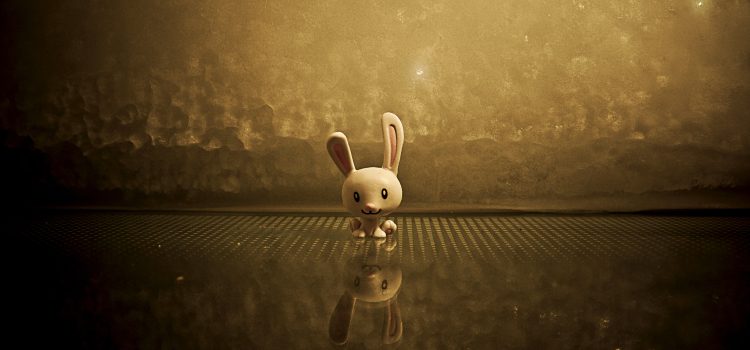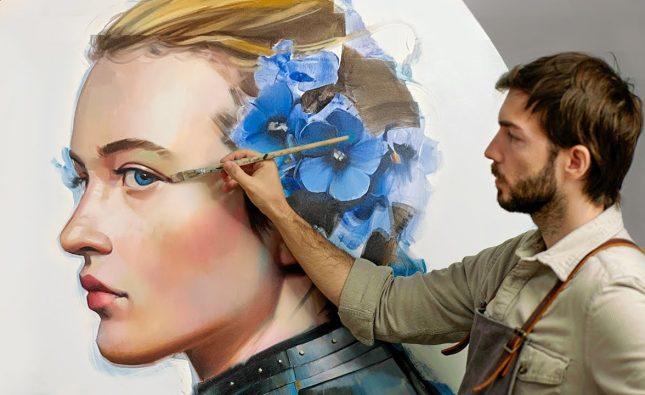
Animation has always been a powerful tool for storytelling, capturing our imagination with vibrant characters and compelling narratives. However, it’s not just about the story being told but who is telling it. Representation in animation has become increasingly important as our world becomes more diverse and inclusive. This article will explore why representation matters in animation, the benefits of creating diverse content, the challenges that come with this change and what we can expect from the future of animation. Get ready to dive into how diversity is changing the world of animation!
The Importance of Representation in Animation
Representation matters in animation because it shapes the way we see ourselves and others. When people are underrepresented, marginalized or stereotyped, their value is diminished. For years, animation has been dominated by a limited number of voices and perspectives which create a lack of representation for many groups.
When children grow up without seeing diverse characters on screen, they can develop biases towards certain groups or experience feelings of invisibility. On the other hand, when children see themselves represented positively in media, it helps them to feel validated and seen. This is why diversity in animation must be taken seriously.
Moreover, representation creates opportunities for storytelling that audiences may not have previously encountered. It allows us to explore different cultures and experiences that enrich our understanding of the world around us. By showcasing diverse stories we can broaden our horizons while creating empathy for those who have different experiences than ours.
In summary, representation allows individuals to be seen as multi-dimensional beings with various values contributing towards social cohesion while promoting positive attitudes towards differences among individuals from all walks of life.
The Benefits of Diverse Animation
Diverse animation has been gaining popularity in recent years, and for good reason. One of the primary benefits of diverse animation is its ability to represent a wider range of cultures and perspectives. When more voices are included in the creation process, it can lead to more authentic and relatable stories.
Another benefit of diverse animation is that it can help break down stereotypes and promote inclusivity. By featuring characters from different backgrounds, we begin to see that there is no one “right” way to be or look like. This can be particularly important for children who are still developing their own sense of identity.
Diverse animation can also provide opportunities for underrepresented groups to showcase their talents both on screen and behind the scenes. By shining a light on these individuals, we can inspire future generations to pursue careers in fields where they may have previously felt excluded.
One final benefit worth noting is that diverse animation opens up new markets both domestically and internationally. A show with characters from multiple cultures will naturally appeal to a broader audience than one with only homogenous characters.
The benefits of diverse animation go beyond just entertainment value; they have real-world implications for promoting inclusion and representation across industries.
The Challenges of Creating Diverse Animation
Creating diverse animation is not an easy task. There are many challenges that animators face when trying to represent different cultures, races, and identities on screen.
One of the biggest challenges is avoiding stereotypes. It’s important to create characters that are nuanced and complex, rather than relying on cliches or caricatures. Animators must research and understand the culture they are representing in order to accurately portray it on screen.
Another challenge is getting buy-in from studios and executives. Many decision-makers in the animation industry still prioritize profit over diversity and may be resistant to investing time and resources into creating diverse content. This can make it difficult for independent animators who want to tell stories from underrepresented perspectives.
There’s always a risk of backlash or criticism if representation isn’t done properly. It’s important for creators to listen to feedback from marginalized communities and use it constructively rather than defensively.
Despite these challenges, creating diverse animation is crucial for building a more inclusive media landscape. By acknowledging these obstacles and working hard to overcome them, we can continue pushing towards a future where everyone sees themselves reflected on screen.
The Future of Diverse Animation
The future of diverse animation is bright and promising. With the increasing demand for representation in media, we can expect to see more inclusive and authentic stories being told through animation.
One trend that’s already emerging is the use of non-traditional storytelling techniques. Rather than relying on formulaic plots and characters, animators are experimenting with new formats such as interactive storytelling, virtual reality experiences, and short-form content optimized for social media.
Another exciting development is the rise of independent studios creating content outside of the mainstream industry. These studios often have a specific focus on underrepresented communities or unique art styles that might not fit into traditional production models.
As technology continues to advance, we may even see more opportunities for user-generated content or personalized viewing experiences tailored to individual viewers’ preferences.
Ultimately, the future of diverse animation will be shaped by creators who are passionate about telling stories from all perspectives. As long as there are audiences hungry for fresh voices and innovative ideas, we can look forward to a rich and varied landscape of animated content.
Conclusion
The world of animation is changing for the better as representation and diversity become more important. With diverse characters and stories, animation has the power to break down stereotypes, promote empathy, and showcase different perspectives.
While there are certainly challenges in creating diverse animation, such as overcoming biases and ensuring authentic representation, it’s clear that the benefits far outweigh these obstacles. Through thoughtful storytelling and intentional inclusion of underrepresented voices, animators have an opportunity to make a real impact on society.
As audiences continue to demand greater representation in media of all kinds, we can look forward to even more exciting developments in the world of diverse animation. It’s an exciting time for creators who are committed to telling meaningful stories that reflect our increasingly globalized culture – let’s see where this journey takes us!










